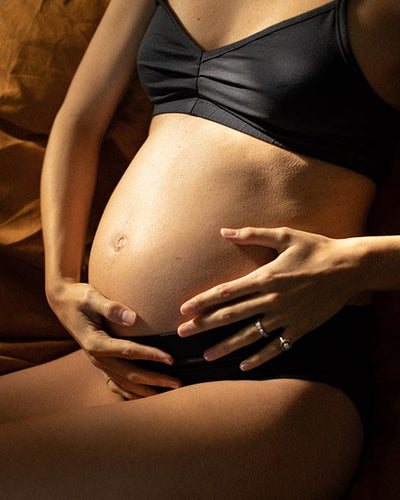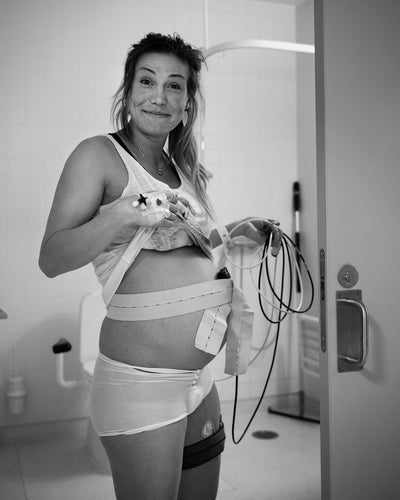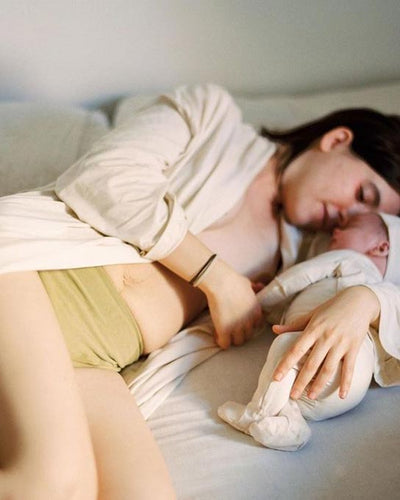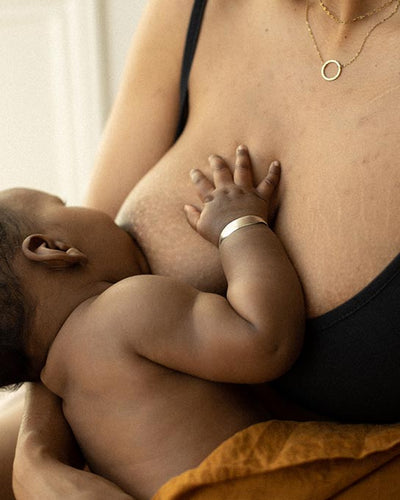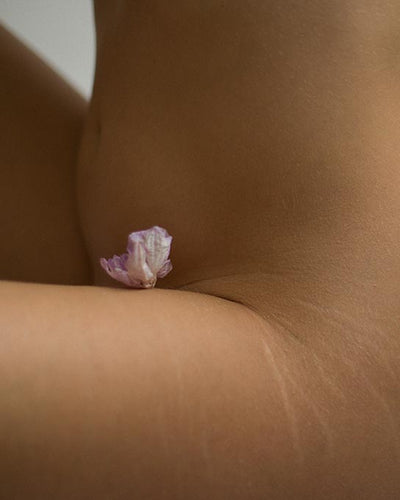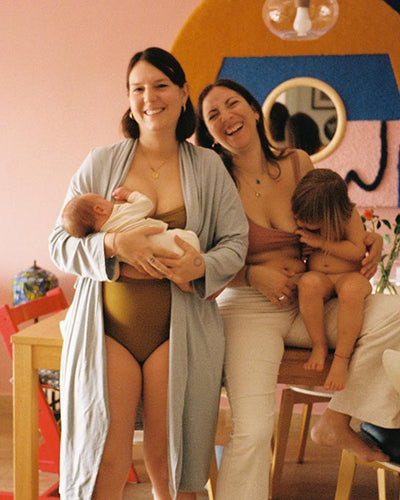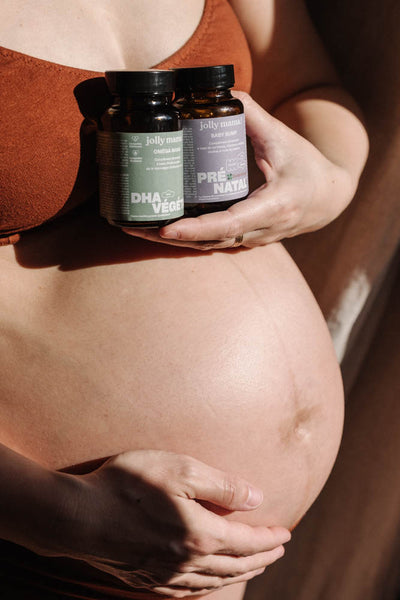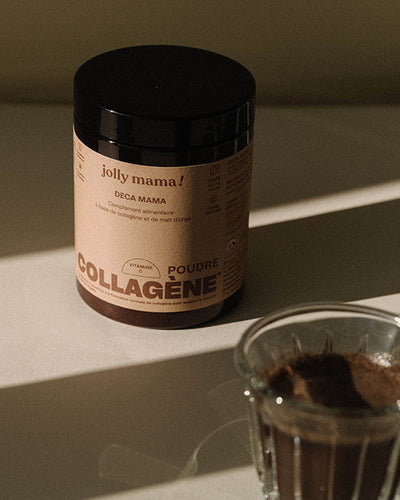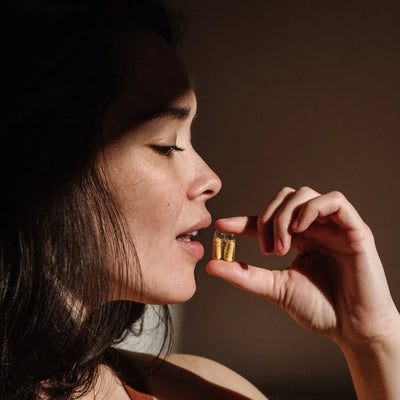Les besoins augmentent pendant la grossesse
Physiologiquement, les femmes enceintes ont un besoin en fer plus élevé, qui commence peu après la conception et augmente progressivement pendant la grossesse. Pendant la grossesse, la demande en fer est presque multipliée par 10 [11] !
Certains scientifiques soutiennent qu'il n'est pas possible de maintenir le statut en fer d'une femme enceinte avec des pratiques alimentaires normales et qu'un apport supplémentaire en fer pour prévenir la carence est nécessaire [12].
Une étude sur des femmes enceintes en France a montré que 32,8 % d’entre elles souffraient d’anémie. La prévalence de l'anémie augmentait avec la durée de la grossesse, passant de 24,6 % chez les femmes qui en étaient au premier trimestre, à 32,1 % au deuxième trimestre et à 56,9 % au troisième trimestre [13].
En quoi le fer est essentiel pendant la grossesse ?
Un apport adéquat en fer est essentiel pour l'apport d'oxygène à l'unité mère-placenta-fœtus pour répondre à la demande accrue de consommation d'oxygène de la grossesse. Le cerveau du fœtus est particulièrement gourmand en oxygène, représentant 60% du taux total de consommation d'oxygène du fœtus [14].
Par exemple, chaque gramme supplémentaire d'hémoglobine que la mère synthétise nécessite un apport supplémentaire de 3,46 mg de fer élémentaire. De plus, le fœtus a besoin de fer pour ses propres besoins métaboliques et d'oxygénation, ainsi que pour le chargement de ses réserves de fer relativement importantes qui seront utilisées au cours des six premiers mois de vie postnatale [15]. Les enfants nés avec une charge en fer fœtale plus faible ont des réserves en fer plus faibles à l'âge de 9 mois et un risque plus élevé de carence en fer postnatale [16].
Pour améliorer le statut en fer du nouveau né, les études montrent que retarder le clampage du cordon améliore son statut en fer et ses taux d’hémoglobine à 2 mois [17].
Quels sont les risques d’une carence en fer pendant la grossesse ?
La carence en fer résulte d'un apport alimentaire insuffisant en fer absorbable, d'un apport insuffisant pour répondre aux besoins accrus de la grossesse (pour nourrir le fœtus en pleine croissance et augmenter la masse de globules rouges de la mère) et/ou d'une perte de fer par perte de sang [18].
Lors d'une carence en fer légère chez la mère, le fer est prioritaire pour le fœtus. Cependant, lors d'une carence en fer modérée ou sévère, l'ensemble de l'unité materno-placentaire-fœtale devient déficitaire en fer, avec des conséquences importantes à court et à long terme pour le fœtus.
Ces conséquences se produisent également chez les fœtus de mères suffisantes en fer qui présentent néanmoins des conditions de grossesse qui compromettent l'apport en fer au fœtus : l'hypertension, le tabagisme, le diabète et la grossesse multiple [19].

